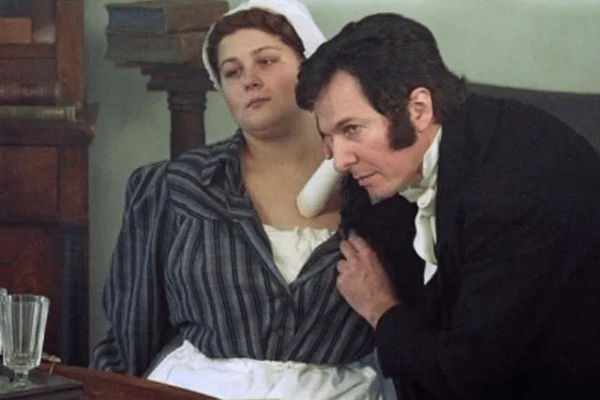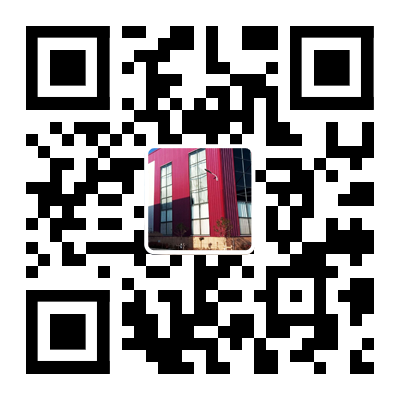The origin and application of the precordial stethoscope - maysino2021
2021-03-18
The precordial stethoscope was first invented by the French physician Renék in 1816 and replaced the traditional auscultation method.
_884408.png)
Direct auscultation method
I. Founder
René Théophile Hyacinthe Laennec was born on February 17, 1781 in Campere, Brittany, France. His father, a lawyer, was not a good caretaker of children, and after his wife died of tuberculosis, young Laennec was sent to his uncle to be raised. Under the guidance of his uncle, who was the head of the medical faculty at the University of Nantes, France, Renek began his studies at the University Hospital of Nantes at 14. At the age of 18, Renek served at the Nantes Military Hospital, where he was trained in bloodletting, wound dressing, and other diagnostic techniques. Afterward, he studied medicine in Paris, during which he went to Germany for further training, and finally graduated from the historic University of Montpellier.
II. The invention of the earliest auscultation tool
On a cool morning in September 1816, while walking in the courtyard of the Louvre, Reinecke overheard two children playing by a seesaw, one of whom was leaning over one end of the seesaw, and could hear the other child scratching with a pin at the other end, a scene that stuck in his mind.

Indirect auscultation method
During an examination of a young female patient with heart disease, it was challenging to listen directly to her ear because of her age and fat size. Inspired by a child playing with wood, Reineke took a paper-knife and rolled it into a cylinder, placing one end of the column over the patient's heart area and the other over his ear. Something exciting happened: he heard a clear and high-pitched heartbeat. After that, he started to try to develop new tools for indirect auscultation.
_626534.png)
On the left is Reineke's hand-drawn design, and on the right is the first stethoscope device he made
Initially, he tried to roll the three knives paper into a solid cylinder and use the paste to stick them together, but, in the process of making Reineke and found that no matter how the cylinder will always form a hole in the middle, will be used on patients to do experiments, he was surprised to find that the cylinder with a punch than a solid cylinder can more truly hear the heart sound. Based on this, he kept trying other materials of different textures and finally chose wood to make a 1-foot-long, 1.5-inch-diameter hollow cylinder, and combined the Greek words stethos and skopein to form a compound word for this tool named "stethoscope." After three years of experimentation, he published a monograph in 1819, which was translated into English in 1821. People in Europe and America gradually accepted the stethoscope, and a wave of improvement of the stethoscope was started.
Third, the development of the stethoscope.
_397464.png)
Laennec telescope Piorry telescope
In 1828, Pierre Adolphe Perry, a French physician, made modifications to Reineke's device. The modified trunk was still made of wood, but the length was reduced to half of the original, and a detached ear hear made of ivory near the ear and an auscultation head placed on the chest (which also served as a percussion board) were added.
In 1843, Charles James Blasius Williams, one of Reineke's best students, developed a device with a catheter, but it was not well used because there were no suitable ear hearings.
In 1851, Dr. Arthur Leared demonstrated an improved Williams-type device at an exhibition. Unfortunately, a pair of flat earphones and a design that required three hands to perform auscultation led to a lukewarm reception. In the same year, Nathan Marsh of Cincinnati, USA, attached a flexible diaphragm to the stethoscope head and marketed it for the first time. Still, there was little interest in it because of the inconvenient ear hearings.
In 1855, George Cammann of New York added two bendable catheters to the binaural device, developing the first clinically usable device.
In 1894, Bianchi of Massachusetts applied a vibrating membrane to the device to make an amplified stethoscope.
In 1925, Howard Sprague and Bowles of Boston combined a vibrating membrane with a bell-shaped stethoscope to create the device now in everyday use.
In 1999, 3M™ Littmann developed and produced an electronic stethoscope, which solved the defect of not saving sound data.
In 2000, the acoustic-based shock response imaging system was applied in clinical practice.
In 2006, the U.S. military demonstrated active devices at an acoustics conference held in Honolulu, USA, which can still function in particular environments such as noise, motion, and bumps.
In 2010, Bao Yixiao developed a practical new multifunctional medical auscultation device that combines percussion hammer, flashlight, scale, and sensory examination.
Maysino is a medical precordial stethoscope supplier in China; please click our product page; if you need help, please contact us.

